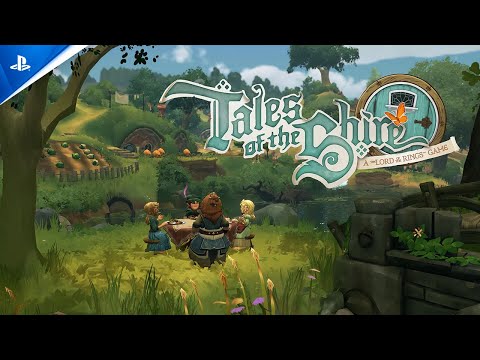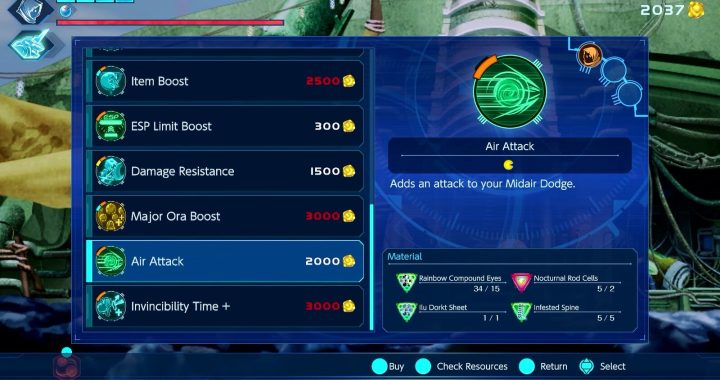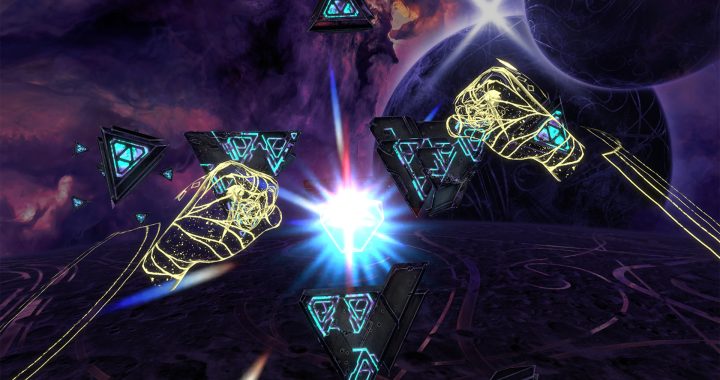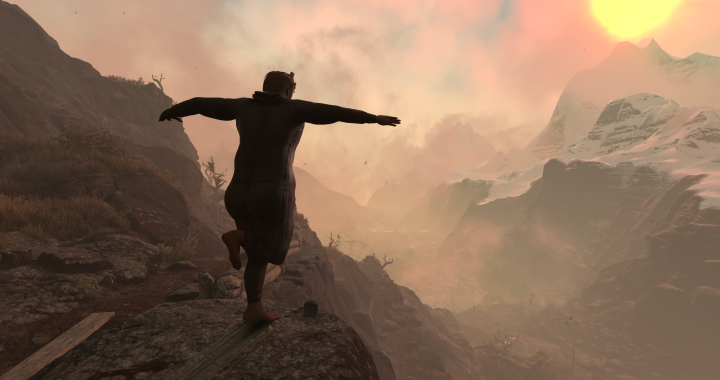Stories of the Shire: A The Lord of The Rings Game – group tower and shared meals play information

There’s more to being a Tale than fleeing for your living and trying to survive extremely angry conditions. This is why Wētā Workshop invites you to a taste of trip that’s a little more … clean. I had a comfortable talk with Stephen Lambert, Tales of the Shire: A Lord of The Rings Game artistic director, to dig a little deeper into why this particular Bilbo gap may feel like a home away from home when it launches on PS5 on July 29.
How would you describe the main columns of play in Tales of the Shire?
Stephen Lambert: So much of the sport is about society. We’ve got four key areas that we rely on while living your lovely living as a Bilbo: how you spend your time preparing, gardening, fishing, and doing relaxing activities.
The other factor is exploring the town of Bywater, but looking around the environment and discovering little key moments and wonderful little glades and areas to stand out within the world.
And then there are certainly the stories within the area. But getting to meet new people and support them along their adventures.
How critical is partnership building in terms of development?
It’s very important. Every string of the story is going to help you not only develop what’s available to you as a person, but also enhance the level of the heroes and stories. But you can explore the game at your own pace. So you can either dive deep into those stories or just live out your own little life along the side. It’s all about enhancing your feeling of peace and tranquillity.
Can you go into more detail about the game’s shared meals?
With meals being a central part of Hobbit life, it was really important to be central to our game. You’ve got to find a new recipe, grow ingredients or go to the market for them, or fish or forage for them. And then you’ve got to go through the process of cooking, and that’s not just a case of putting the ingredients together. It’s how much of something you add, how much you stir it, and how much seasoning you add that adds characteristics to the food.
You want to make sure your food is to your guests ‘ taste, because the closer you get to their peculiarities the more you’ll please them and build stronger relationships. And like in the real world, the act of actually having food together helps build community. So presenting the food and enjoying it with people is huge. One of our 3D artists who modeled a lot of the meals used to work as a chef so they’re all beautifully plated up.
Can you describe the decorating system and highlight what inspired the grid-less placement system?
The biggest thing about Hobbit holes is they’re not really square or rigid shapes. Everything’s kind of curved and a bit more organic, so the idea of having something that goes on a grid just didn’t fit. It just made sense to build something that allows for a huge amount of expression, to be able to tinker with things and put them in exactly how you want. You can put things on top of tables, and on top of or in bookshelves, and then move those things around together. It’s about freedom of expression, more than anything.
How have Tolkien’s works inspired some of the choices made in terms of gameplay?
We really wanted what we made to fit within Tolkien’s world, so we positioned it just after The Hobbit and before the events of The Lord of the Rings. Our artists spent a lot of time researching the families, events, and histories of what was written and weaving everything they could into that particular framework.
The other thing was creating sort of Hobbit-sized problems in a Hobbit-sized world. It’s fun trying to think of those small-town problems that cause conflict and drive their story forward.
What were the sort of challenges that you faced in creating a game in such a beloved IP?
It’s hugely intimidating, but it’s also quite exciting to take on a world like this. The beauty of the written word in books is where your imagination takes things. My imagination obviously took me in a different way with some things, and it’s lovely to be able to kind of explore different directions.
How do you want players to feel when they’re playing the game themselves, whether they’re fans, or not as familiar with The Lord of the Rings?
I very much wanted the storyline to carry itself. We didn’t want you to have to be a Tolkien fan to enjoy it, even though there are lots of references. This game was very much born out of the COVID period, a world that was so full of stress and anxiety. We wanted our game to be that place of peace and relaxation. Hence, The Shire meets a cozy game. We felt a strong idea centered around cooking and community felt the best match for that theme.
Is there anything in particular that you’d like players to pay attention to in the game?
] We spent ] a lot of time putting in lots of little easter eggs, details, and researching the history of the world. So it’s very subtle, but one of the things we really focused on is worldbuilding. You might be given an asset to design or an artifact, and it’s not just about making it look interesting – it’s about who owned this? Where did it come from? How was it made? What was the world like when it was made? You start asking so many questions about what goes into making and creating a final object so that it feels grounded, and we wanted to apply that same methodology to what we did.
What was your favorite moment in developing the game itself?
The IP is such a huge part of my childhood because it inspired my love of goblins, dragons, and all those kinds of things. So that’s what’s brought me here. To get a chance to put my own spin on things and have a heavy influence on a new take on that world has been hugely satisfying.
It’s really important to us to make something that we felt Tolkien would be happy with. He’s been quoted as saying he wanted other hearts and minds to add to his world like a real mythology, and we wanted to be part of that.
 Pac-Man-inspired behavior platformer Shadow Labyrinth launches July 18 on PS5
Pac-Man-inspired behavior platformer Shadow Labyrinth launches July 18 on PS5  Masters of Light: Hand Tracking upgrade available today on PS VR2
Masters of Light: Hand Tracking upgrade available today on PS VR2  Baby Steps: hands-on review
Baby Steps: hands-on review  People ‘ Choice: Voting for March 2025’s best novel game
People ‘ Choice: Voting for March 2025’s best novel game  tvOS 18.4 brings Matter aid for cleaners, uncompressed music, and more to Apple Television
tvOS 18.4 brings Matter aid for cleaners, uncompressed music, and more to Apple Television  macos 11.4 was quickly available, and was pulled by Apple]u]
macos 11.4 was quickly available, and was pulled by Apple]u]